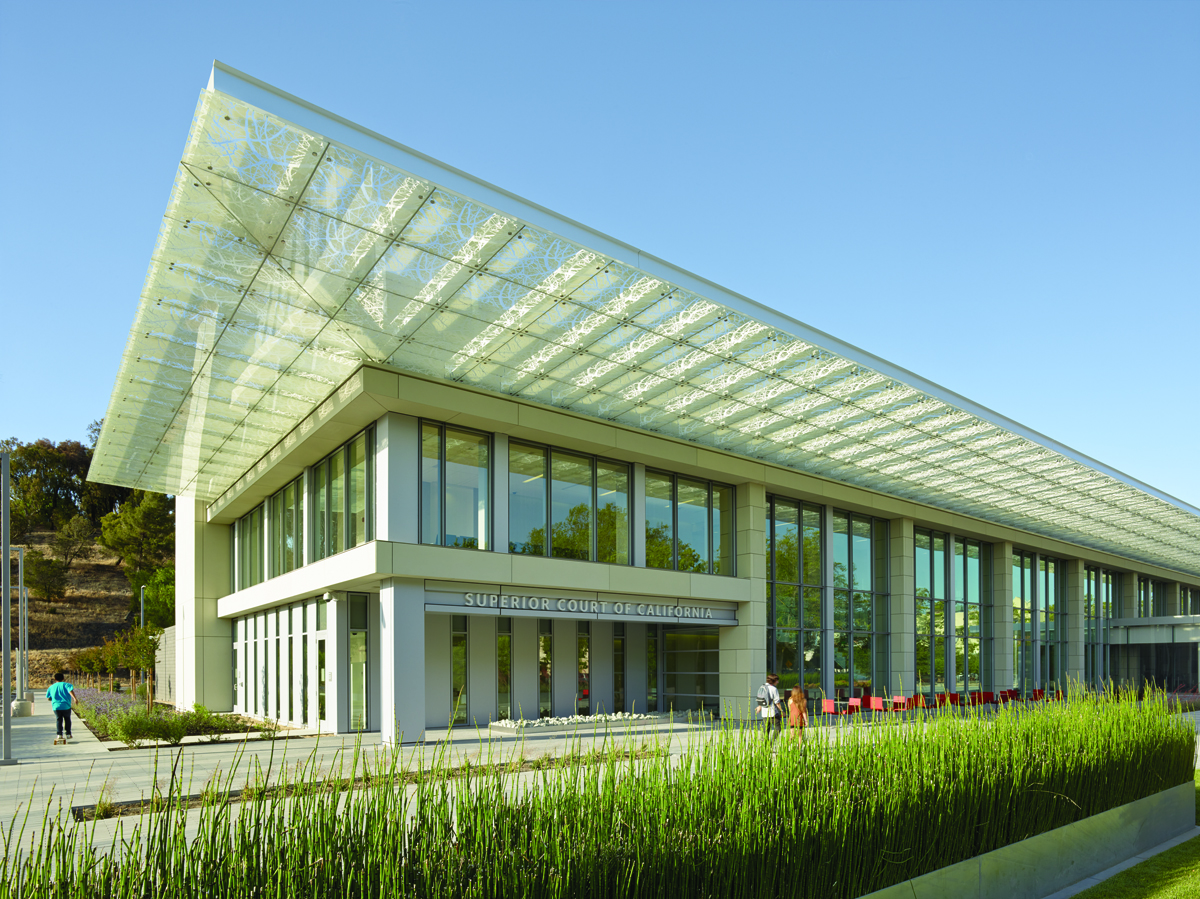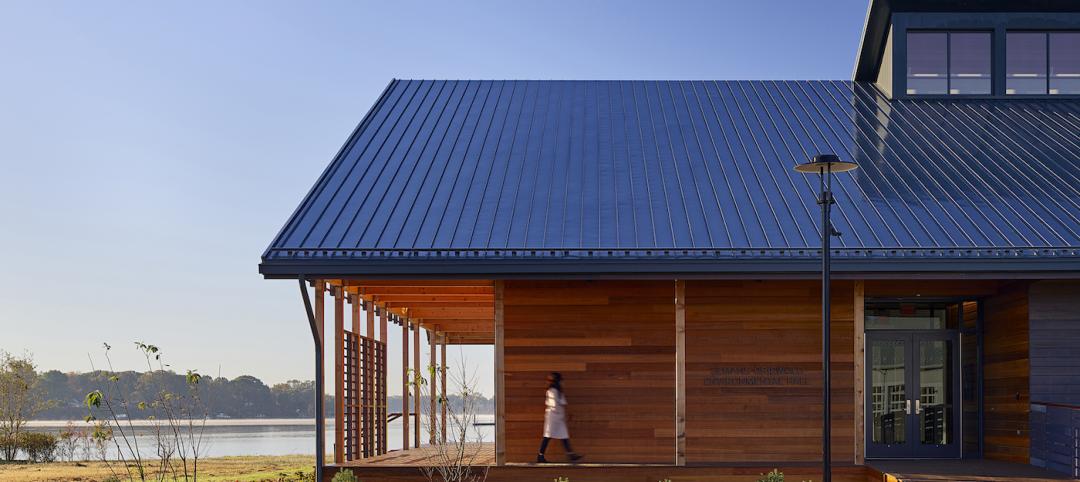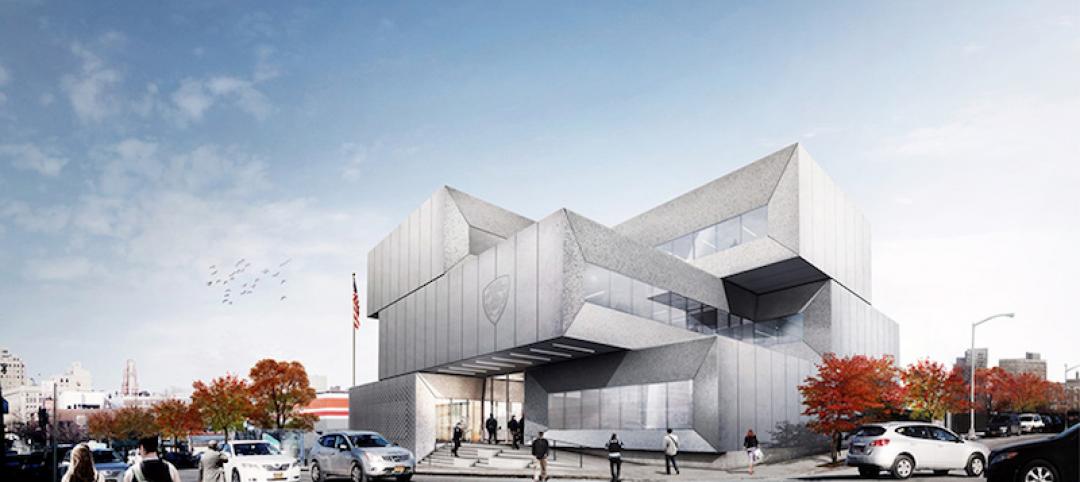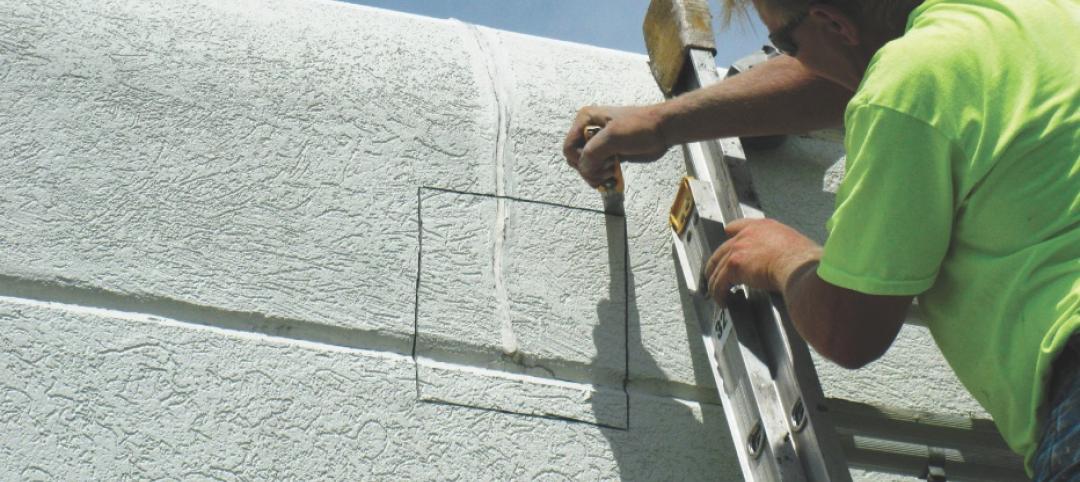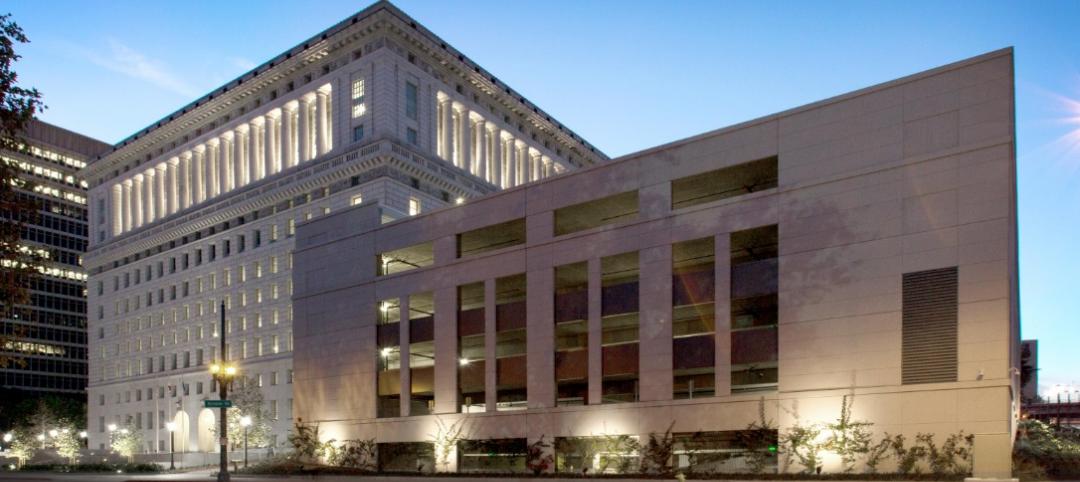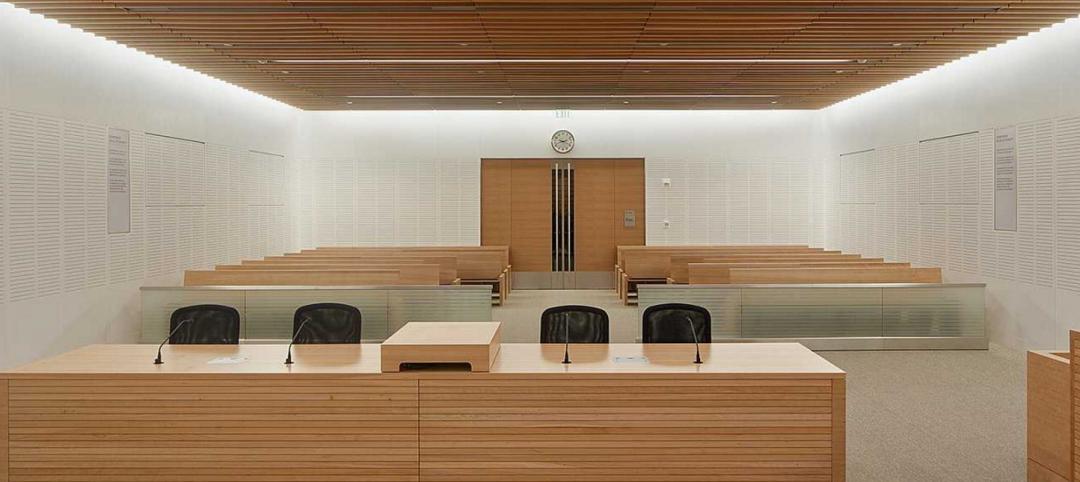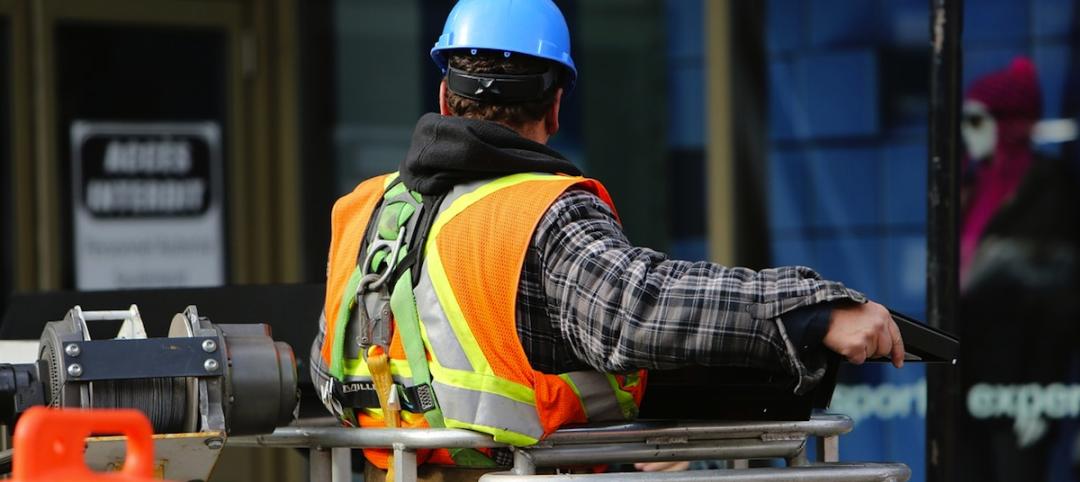It took six years, but in 2013, the Utah State Courts finally got the state legislature to approve a budget for the $34.2 million 2nd District Juvenile Courthouse, in Ogden. When it opens this May, the 85,000-sf, five-story building will include eight courtrooms, offices for judges and their 50-member staff, and space for juvenile probation services and the Weber County Sheriff’s security staff.
Projects like the Utah courthouse are luxuries for many states that, despite improving economies, are struggling to keep their heads above water.
Since the second half of 2013, state tax collections have fluctuated. They were down in the first half of 2014, then rebounded by 4.4% in the third quarter of 2014 over the same period a year earlier, according to the Rockefeller Institute of Government. The institute expects continued revenue growth in the coming quarters, but state tax collections have failed to keep pace with expenditures, especially as more states expand Medicaid coverage under the Affordable Care Act.
At least 16 states are facing serious budget shortfalls, according to the Washington Post. These include Louisiana, which is looking at a $1.6 billion deficit, which ballooned by $400 million as the price of oil—a huge source of state revenue—fell by 50%. Other states with impending deficits include Virginia ($2.4 billion), Pennsylvania ($1.8 billion), Kansas ($1 billion through FY 2016), Alabama ($950 million), and Maryland ($900 million).
The National Association of State Budget Officers (NASBO) notes that all states but Vermont either require their governors to submit or sign a balanced budget, or their legislatures to pass a balance budget. With tax increases mostly off the table, achieving balance means spending cuts. Recent data offer inconclusive clues as to the impact of those cuts on future state-funded construction and renovation work.
One snapshot—NASBO’s “State Expenditure Report 2012-2014”—projected a 5.5% increase, to $17.4 billion, in the states’ capital expenditures in fiscal 2014 for projects in an “all other” category that includes stadiums, public schools, and healthcare.
The Census Bureau’s broader estimates for public state and local construction put in place were less robust. Last year that number stood at $251.5 billion, up 2.2% from 2013, but still the second-lowest spending year since 2006.
Big-ticket categories were Roads and Bridges, Education, Transportation, and Sewage and Waste Disposal. Amusements and Recreation (which include sports stadiums) jumped 7.7% to $8.7 billion. Office construction was up 3.6% to $5.4 billion; Public Safety projects (jails, firehouses, etc.) fell by 7.9%, to $6.1 billion. Healthcare declined by 10.5%, to $6.3 billion.
Jan Frew, Deputy Administrator for Idaho’s Public Works division, reached out to several of her counterparts in the National Association of State Facilities Administrators on behalf of BD+C. Most of those contacted reported slight increases in tax revenues but only modest state-funded construction activities, she says.
Frew says that, since 2011, Idaho’s appropriations for public works have been “fairly steady,” at around $22.5 million per year. But while appropriations have recently spiked to $36 million, lawmakers aren’t confident that tax revenues will keep growing and are being cautious about adding to the state’s project funding base. Frew says the state is also reluctant to use bonds to fund projects.
Other states are looking for new ways to lower their construction costs. Illinois, Indiana, South Carolina, and West Virginia are among the states debating whether to repeal prevailing wage laws that apply to government-funded projects.
Newly elected Hawaii Governor David Ige, a Democrat, proclaimed that his state would actively seek more federal dollars to help fund state projects for housing, water, and transportation.
On the other hand, a can-do spirit is evident in Maine, where Governor Paul LePage, a Republican, recently unveiled a three-year, $2 billion, 1,900-project public works plan that, in 2015 alone, would include safety improvement projects at 76 locations, and $4 million for improvements at Portland’s International Marine Terminal.
In Michigan, the first stages of a new $88 million Welcome Center and park for the State Capitol have been initiated, even though the project’s funding mechanism isn’t in place. John Truscott, a spokesman for the Michigan State Capitol Commission, says the early work is being paid for through a $3 million allocation established last year for Capitol renovation and upkeep. The commission is seeking bond financing for the Welcome Center that would be repaid with tobacco taxes.
Related Stories
Giants 400 | Aug 28, 2020
2020 Giants 400 Report: Ranking the nation's largest architecture, engineering, and construction firms
The 2020 Giants 400 Report features more than 130 rankings across 25 building sectors and specialty categories.
| May 24, 2018
Accelerate Live! talk: Security and the built environment: Insights from an embassy designer
In this 15-minute talk at BD+C’s Accelerate Live! conference (May 10, 2018, Chicago), embassy designer Tom Jacobs explores ways that provide the needed protection while keeping intact the representational and inspirational qualities of a design.
Government Buildings | Feb 4, 2016
Bronx police station design revealed by Bjarke Ingels Group
The blocky, modern design is meant to convey accessibility and public service.
| Jan 14, 2016
How to succeed with EIFS: exterior insulation and finish systems
This AIA CES Discovery course discusses the six elements of an EIFS wall assembly; common EIFS failures and how to prevent them; and EIFS and sustainability.
Justice Facilities | Nov 13, 2015
Los Angeles's Hall of Justice gets a reprieve
After being unoccupied for 20 years, the downtown Los Angeles judicial center was revitalized through a restoration effort that proved to be a considerable engineering and construction feat.
Justice Facilities | Nov 10, 2015
AIA: The year's best justice facilities
CO Architects, RMKM Architecture, and SOM are among the firms honored with 2015 Justice Facilities Review Awards from the AIA’s Academy of Architecture for Justice.
Justice Facilities | May 4, 2015
San Diego prison designed with rehabilitation in mind
Following the approach of detention centers in Austria and Norway, KMD and HMC Architects designed a prison rich with natural light and amenities.
Justice Facilities | Mar 5, 2015
New courthouse blossoms into a civic space for one California town
The building's canopy suggests classical courthouse features of front porch and portico. It also helps connect the building with a public plaza that has re-centered civic activity and public gathering for the town.
Codes and Standards | Mar 5, 2015
Construction problems at prison spur support to quash non-traditional project delivery in Iowa
Iowa lawmakers are investigating construction problems at the Fort Madison prison project and are scrutinizing rules regarding project delivery on state projects.
| Jan 2, 2015
Construction put in place enjoyed healthy gains in 2014
Construction consultant FMI foresees—with some caveats—continuing growth in the office, lodging, and manufacturing sectors. But funding uncertainties raise red flags in education and healthcare.


